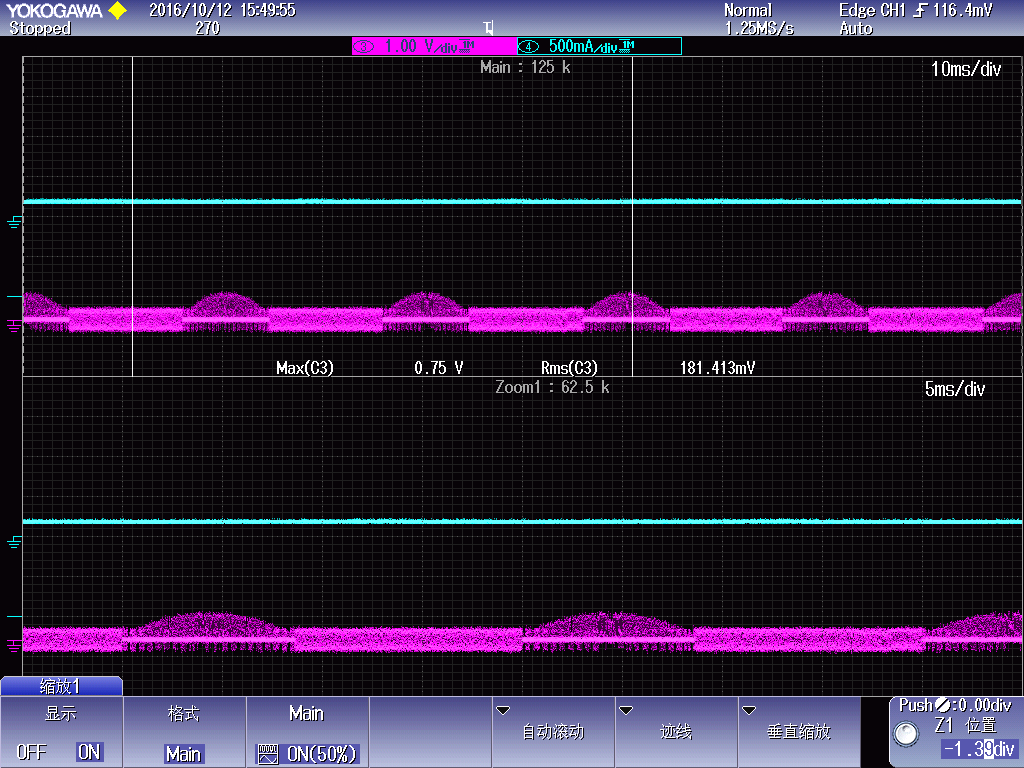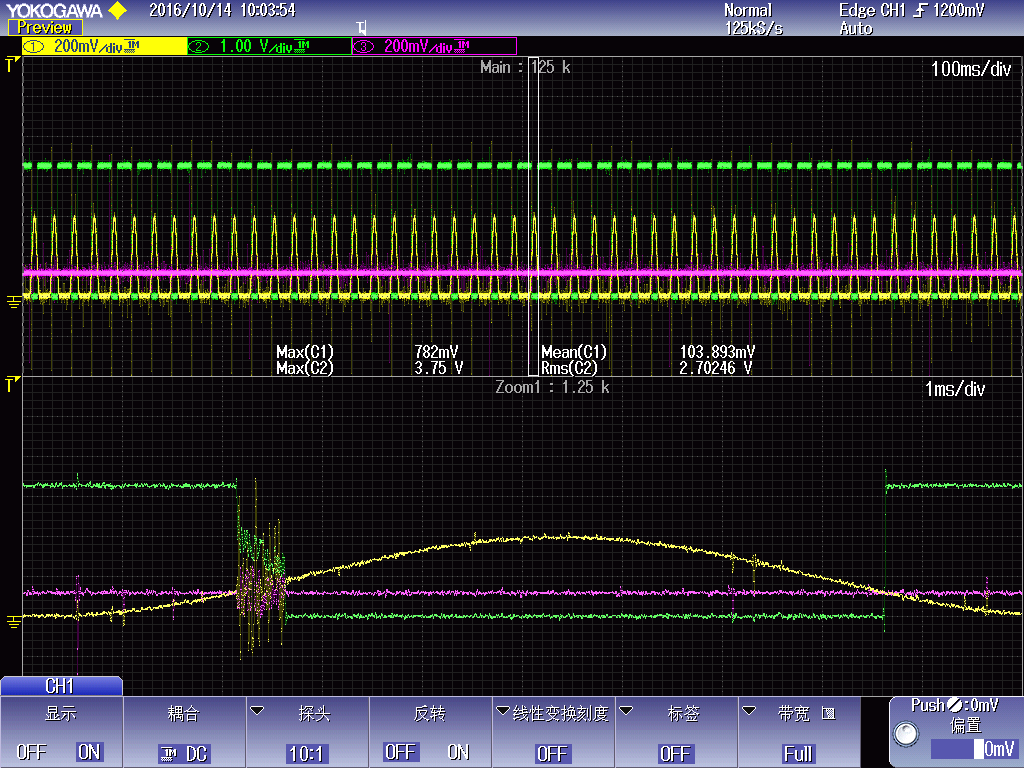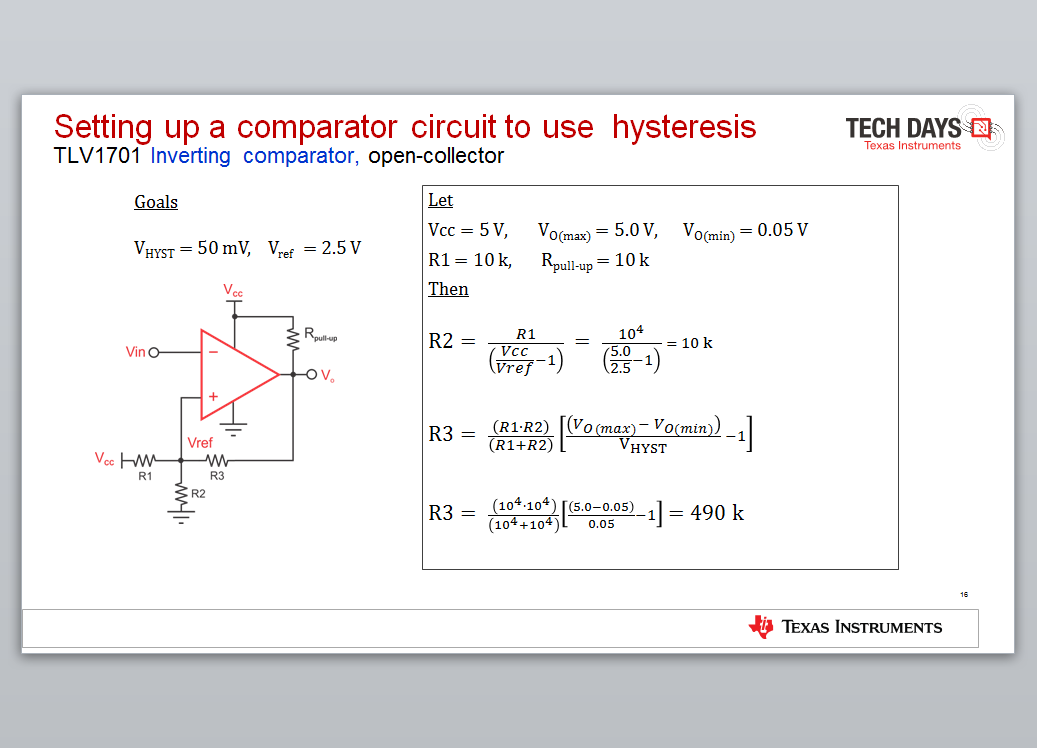Hi Team:
My customer use below circuit.
U145 if they use TLV3202, the DAO1(Comparator input pin) will be like below:
If they replace the TLV3202 with LM2904, the output will be OK.
And they try to modify the input sigal with 100mV.
They find the input pin will be like this :
Could you give me some idea? Why will be like this?
And we have remove IN+ AND IN- pin external components, the IN1+ pin only connect the 100mV power supply, IN1- only connect the DAO1







